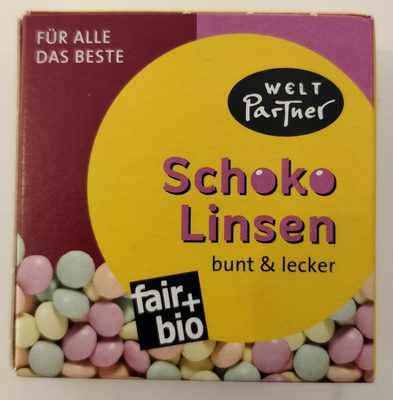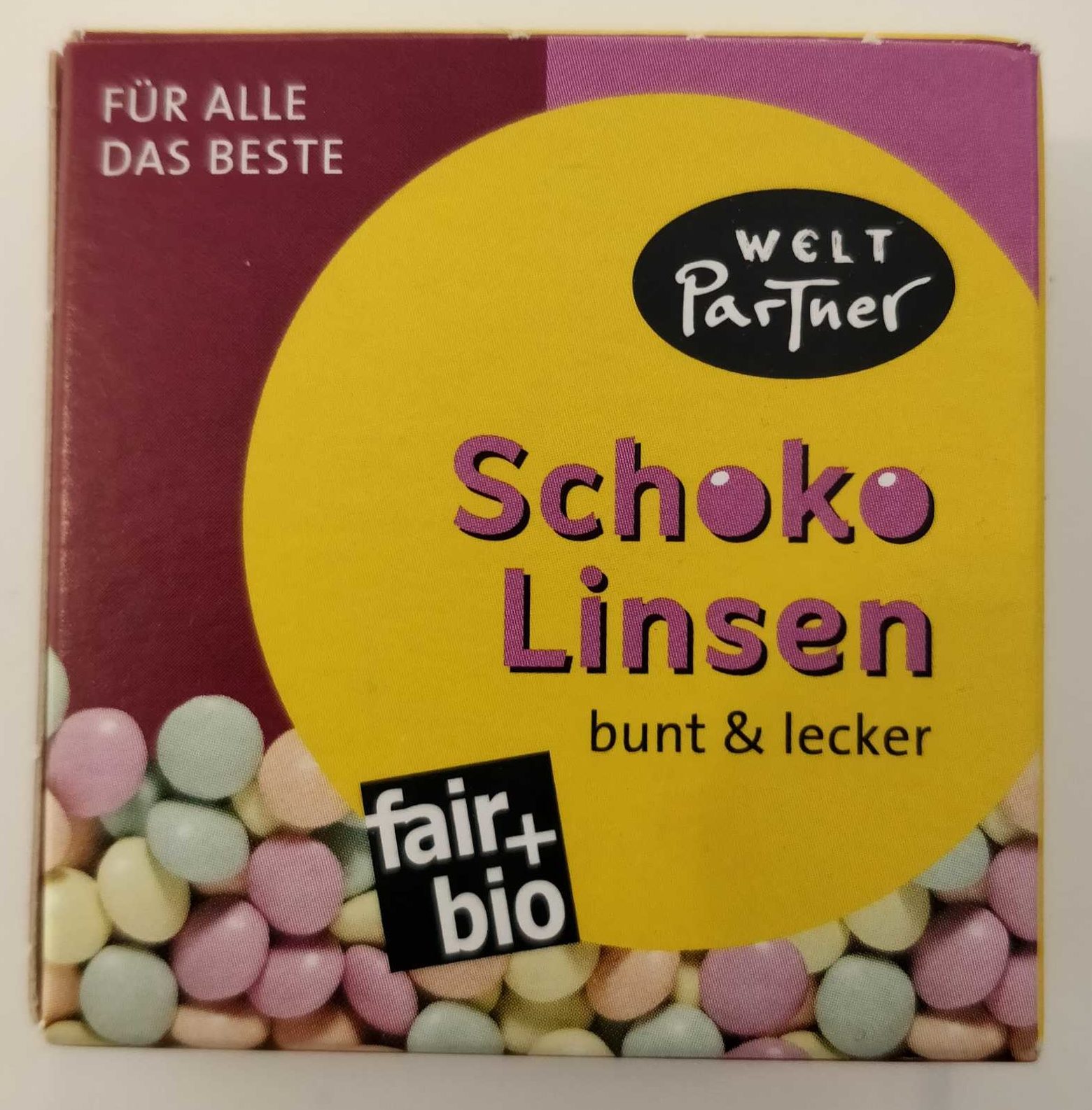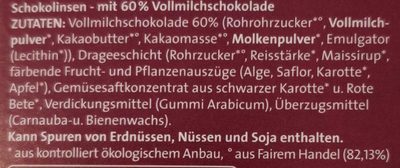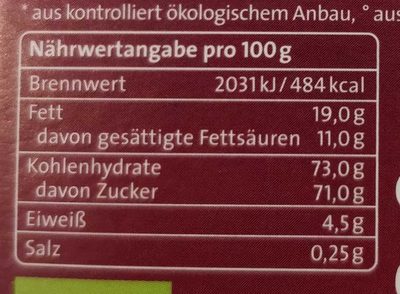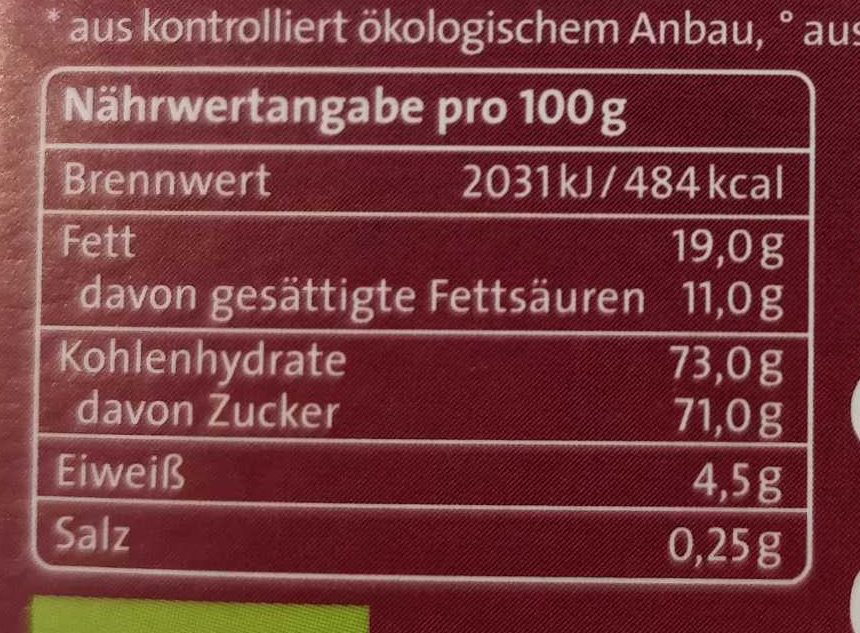Shoko Linsen - Welt Partner - 37 g
This product page is not complete. You can help to complete it by editing it and adding more data from the photos we have, or by taking more photos using the app for Android or iPhone/iPad. Thank you!
×
Barcode: 4250041677952 (EAN / EAN-13)
Common name: Schokoladendragees
Quantity: 37 g
Packaging: Cardboard, Paperboard
Brands: Welt Partner
Categories: Snacks, Sweet snacks, Cocoa and its products, Confectioneries, Chocolate candies, Bonbons
Labels, certifications, awards:
Fair trade, No gluten, Organic, EU Organic, DE-ÖKO-005
Countries where sold: Germany
Matching with your preferences
Environment
Packaging
Transportation
Labels
Report a problem
Data sources
Product added on by miccey
Last edit of product page on by packbot.
Product page also edited by hangy, kiliweb, roboto-app, yuka.ZTdsYk9hRmV2TWdwcGNjYjl4UFAvZE4zbnNlN1dVbWNLdXRMSUE9PQ.
If the data is incomplete or incorrect, you can complete or correct it by editing this page.
